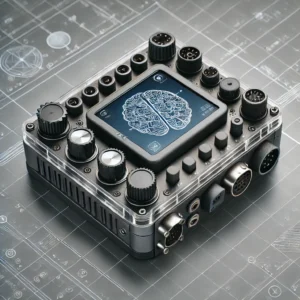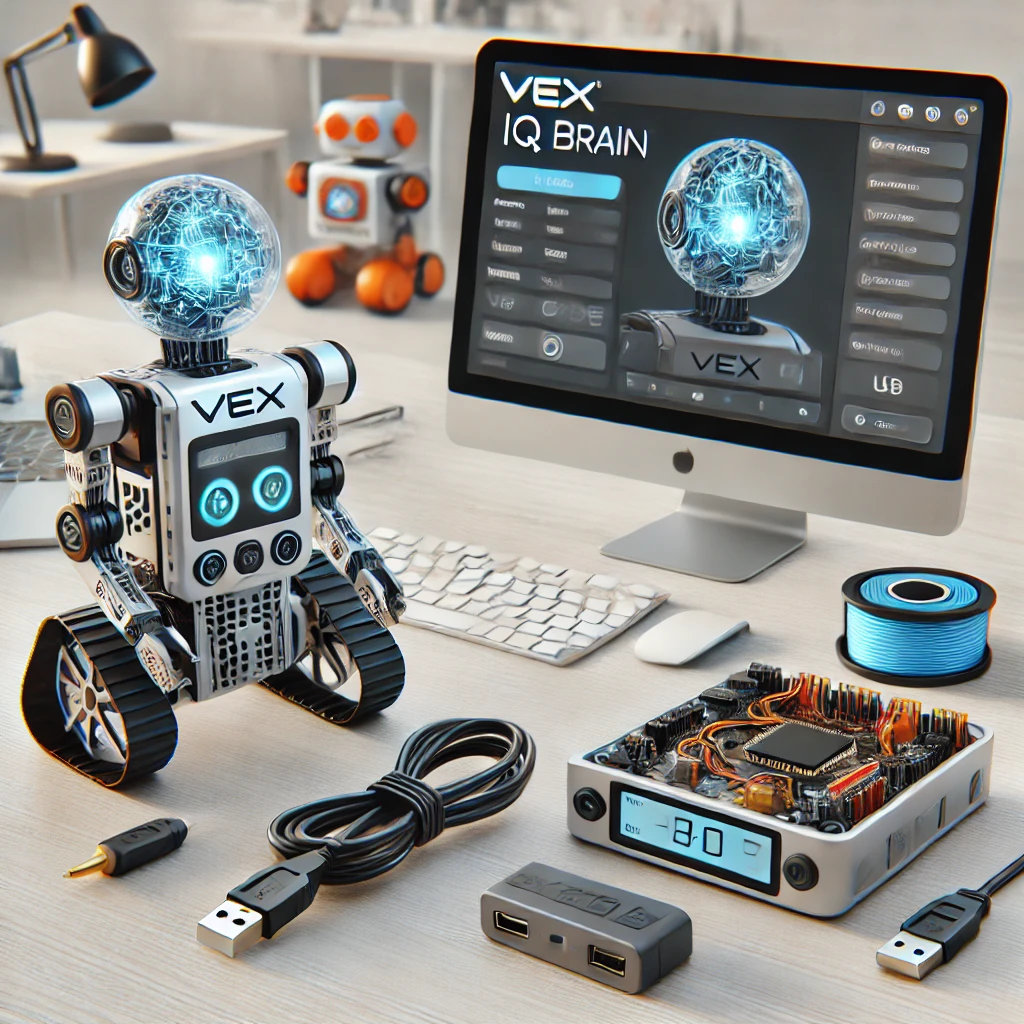What is DeviceURL for VEX Brain Node.js: A Comprehensive Guide
In this article, we’ll dive deep into understanding “What is deviceURL for VEX Brain Node.js“. If you’re looking to program and control the VEX Brain, a key component in VEX Robotics systems, primarily using Node.js, this article is designed to help you. We break down all the necessary details, from understanding deviceURL and how it works with the VEX Brain to a complete guide on interfacing via Node.js. This article will provide a straightforward and friendly approach so that anyone, including beginners or educators, can easily understand.
Introduction: What is DeviceURL, and Why is it Important for VEX Brain?
With VEX Robotics, programming capabilities are typically geared toward learning about and applying engineering principles in a hands-on environment. DeviceURL is a term you may encounter when attempting to connect to the VEX Brain or its components through a programming interface. While Node.js isn’t the standard environment for VEX programming, there are workarounds and alternative approaches you can explore to accomplish this.
Understanding the Basics: What is DeviceURL for VEX Brain?
A device URL is a unique identifier or address that allows programs to recognize and connect with hardware devices. If you’re familiar with URLs, direct you to specific websites, and think of the device URL as something similar but for hardware components like the VEX Brain.
To put it simply:
“A deviceURL is like an address book entry that lets software identify and connect to specific hardware devices.”
The VEX Brain typically connects to other components using USB or Bluetooth as part of the VEX Robotics system. However, direct support for Node.js programming with the VEX Brain can be challenging, as VEX software primarily uses languages like Python and C++. Nevertheless, for those who wish to experiment, Node.js might still be used to connect to the VEX Brain, albeit through alternative methods.

What is VEX Brain?
The VEX Brain is the “brain” or central “price” single unit of VEX robotics kits. It controls the robot by interacting with sensors, motors, and other components. The Brain can also display data, communicate with other devices, and process information in real-time, making it essential for operating and programming VEX robots.
Can You Use Node.js to Program the VEX Brain?
The short answer is yes, but it has limitations. The programming environment does not directly support Node.js. Instead, VEXcode (which supports Python and C++) is the standard approach. Node.js lacks built-in libraries for directly accessing the VEBrain’s APIBrain’sgsg, so any device URL functionality within a Node.js environment would require additional configuration.
Setting Up Node.js to Communicate with VEX Brain: Step-by-Step Guide
If you want to proceed with Node.js for VEX Brain programming, here’s a step-by-step guide for setting up communication.
Step 1: Install Necessary Node.js Libraries
To start, install the serialport library to communicate via USB. Open a terminal and type:











